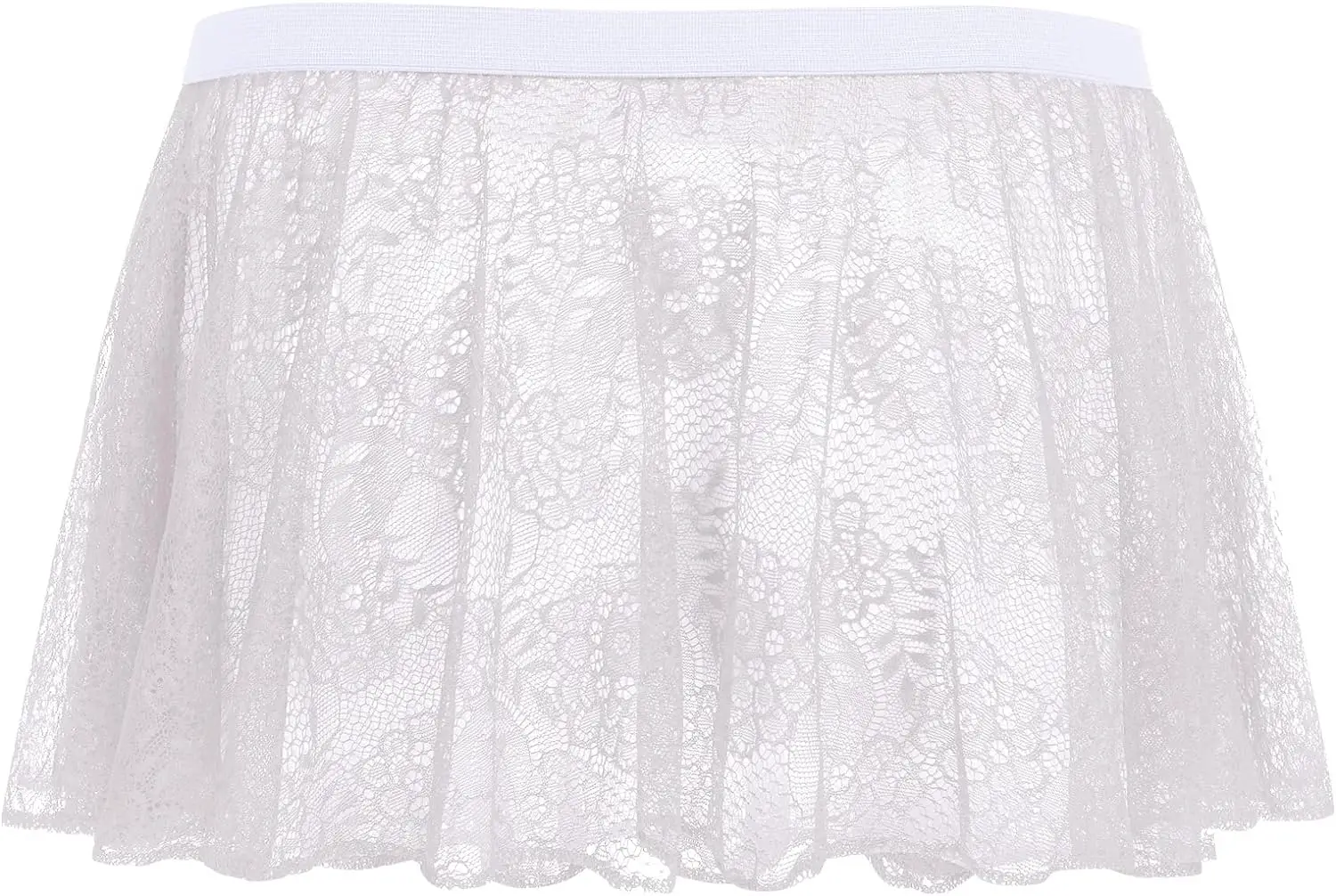Introduction
The quest for the perfect-fitting bra can sometimes feel like an elusive pursuit. However, wearing a properly fitting bra is of utmost importance, not only for your comfort but also for your overall well-being.
A well-fitting bra provides essential support to your breasts, helps maintain proper posture, and prevents discomfort or pain in the back, neck, and shoulders. It can also enhance your confidence by providing the ideal shape and lift to accentuate your natural curves.
The Importance of Wearing a Properly Fitting Bra
Wearing a bra that fits correctly is crucial for several reasons. Firstly, it ensures adequate support for your breasts throughout the day.
By providing proper support, a well-fitted bra helps distribute the weight of your breasts more evenly across your chest, reducing strain on the delicate ligaments that support breast tissue. This can help prevent sagging and promote breast health in the long run.
Secondly, a properly fitting bra enhances both comfort and confidence. When you wear a bra that fits just right, it should feel snug yet comfortable against your skin without causing any pain or discomfort.
This level of comfort allows you to move freely without constantly adjusting or readjusting yourself throughout the day. Additionally, finding a correctly fitting bra can positively impact how clothing fits and looks on you.
A poorly fitted bra may create unflattering bulges or gaps under clothing. Conversely, when wearing a perfectly fitting bra that supports and lifts your bust in all the right places, you’ll notice how clothes drape better on your body while giving you an attractive silhouette.
Common Misconceptions about Bra Sizing
Sadly, many misconceptions surround the topic of bra sizing which often leaves women wearing ill-fitting bras unknowingly. One common misconception is that cup size is static across all band sizes; however,this is untrue as cup size is directly proportional to the band size.
For example, a 32D bra has smaller cups than a 36D bra. Another common misconception is that the number in your bra size represents your actual bust measurement.
In reality, the number represents your underbust measurement or the circumference of your ribcage just below your breasts. This band size serves as the foundation for proper bra fit and should be measured accurately using a soft measuring tape for best results.
Many believe that there are only a few standard sizes available, leading them to settle for bras that are close enough to their size but not perfect fits. The truth is that there is an extensive range of band and cup sizes available to cater to diverse body types and preferences.
It’s essential to explore various options and try on different sizes within your calculated range to find the ideal fit for you. By understanding these misconceptions and debunking them, you can embark on a journey toward finding a bra that fits you flawlessly, providing optimal comfort, support, and confidence throughout the day.
Understanding the basics of bra sizing
Band size: measuring underbust circumference
When it comes to finding a well-fitting bra, determining your correct band size is crucial. To measure your band size accurately, you will need a soft measuring tape.
Start by standing upright and exhaling gently to allow for a relaxed measurement. Place the measuring tape directly below your breasts, ensuring it sits parallel to the ground.
Make sure the tape is snug but not too tight against your skin. Take note of the measurement in inches or centimeters, which will represent your underbust circumference.
Using a soft measuring tape for accurate results
The type of measuring tape you utilize plays a significant role in obtaining precise measurements. Opt for a flexible and non-stretchable soft measuring tape rather than one made from metal or plastic, which may alter the accuracy of your measurements. A soft measuring tape ensures that you can comfortably wrap it around your body without causing any discomfort or distortion in the measurements.
Factors to consider when selecting the band size
When selecting your band size, consider several essential factors to ensure an ideal fit and optimal comfort level. Firstly, take into account that different brands might have slight variations in their sizing systems; therefore, always refer to their specific guidelines before making a purchase.
Secondly, bear in mind that as bands stretch over time with wear and washing, you may want to choose a slightly snugger band if you’re between sizes. Additionally, consider personal preferences regarding how tight or loose you prefer the band to feel on your body—some individuals might prefer a more secure fit while others opt for greater flexibility.
Cup size: determining bust circumference and difference from band size
Measuring fullest part of the bust accurately
To determine cup size accurately, you need to measure the fullest part of your bust. Similar to measuring underbust circumference, stand upright and ensure the measuring tape is parallel to the ground.
Wrap it around your back, bringing it up and over the fullest part of your breasts without pulling too tightly. The tape should rest comfortably against your skin without causing any compression or distortion.
Calculating cup size using the difference between band and bust measurements
Once you have measurements for both your band size (underbust circumference) and bust size (fullest part of the bust), calculating cup size is relatively simple. Subtract your band measurement from your bust measurement and refer to a bra size chart or calculator to determine your cup size based on this difference. For example, if there is a 1-inch difference, you would typically be an A cup, whereas a 2-inch difference might indicate a B cup.
Remember that while these calculations provide a starting point, individual factors such as breast shape, firmness, and personal preferences can influence how different bras fit on each person’s unique body. It’s also essential to consider trying on bras in multiple sizes within the same band-cup combination to find what fits best for you.
Signs that your bra may not fit correctly
Band-related issues
When it comes to bra fit, the band plays a crucial role in providing support and stability. If you notice that the band is riding up at the back or digging into your skin, these are clear signs that your bra does not fit properly.
A band riding up indicates that it is too loose, causing your breasts to droop and lack adequate support. On the other hand, a band that digs into your skin suggests it is too tight, leading to discomfort and potentially leaving marks.
Another common issue with bands is a loose or gaping fit. If you notice gaps between the band and your body, especially at the sides or under the cups, it means the band is not providing sufficient support.
This can result in improper shaping and reduced lift for your breasts. It’s important to ensure that the band fits snugly around your ribcage without feeling overly tight or constricting.
Cup-related issues
Proper cup fit is essential for comfort and aesthetic appeal. One of the most noticeable signs of an ill-fitting bra is spillage or bulging over the cups, commonly known as the “quadboob effect.” If you observe breast tissue overflowing from the top or sides of your cups, it indicates a cup size too small for your bust.
This can lead to discomfort and an unflattering silhouette. Conversely, wrinkling or empty space inside the cups signifies an improper fit on a different spectrum.
When there’s excess fabric or wrinkles in the cups, it often means they are too large for your breasts’ volume or shape. Not only does this compromise support but also affects how well bras sit under clothing.
Strap-related issues
Although straps play a secondary role in supporting breasts compared to bands and cups, they still need to be properly adjusted and comfortable. Digging into shoulders, leaving marks, or causing discomfort are tell-tale signs that the straps are carrying too much tension and potentially supporting the weight of your breasts rather than sharing it with the band. Adjusting the straps to a comfortable length that keeps them in place without digging into your skin is essential for all-day comfort.
Another common issue is straps that frequently slip off your shoulders. This could be due to incorrect tension or slippery fabric.
Straps should provide gentle support without putting excessive pressure on your shoulders or restricting movement. If you consistently find yourself adjusting slipping straps, it’s an indication that your bra fit needs adjustment.
Assessing additional factors for proper bra fit
A: Underwire placement and comfort
Underwires are often found in bras as they offer additional support and shape to the breasts. However, they must be properly placed for a comfortable fit.
Ensure that the underwire encases all breast tissue without poking or pinching uncomfortably against your ribcage or breastbone. It should follow the natural contour of your breasts without digging into sensitive areas.
Moreover, checking if the underwire sits flat against your ribcage is crucial. If there’s a noticeable gap between your body and the underwire, it suggests an improper fit which can result in reduced support and compromised shaping.
B: Center gore position
The center gore refers to the fabric panel between the cups at the front of a bra. It plays a significant role in providing stability and separation between breasts. Properly fitting bras will have a center gore lying flat against your sternum without any gaps between it and your skin.
This ensures optimal support and shaping while also preventing discomfort caused by rubbing or poking from an ill-fitting center gore. Additionally, assessing whether there’s proper separation of breasts is important for both comfort and aesthetic purposes.
Bras should position each breast in its own cup without any overlapping or spilling over the center gore. This ensures a natural and flattering silhouette.
C: Overall comfort and support
While various specific factors contribute to a well-fitting bra, it’s essential to evaluate your overall comfort throughout the day. Consider how your bra feels against your skin, whether it causes irritation or constriction, and if you feel supported and confident wearing it.
Pay attention to any signs of discomfort, such as itching or aching, which may indicate an ill-fitting bra. Assessing the level of support is equally important.
A properly fitting bra provides adequate lift and shape while distributing the weight of your breasts evenly across your chest. If you find yourself constantly adjusting or readjusting throughout the day, it may be time to revisit your bra size.
Conclusion
Wearing a properly fitting bra is not just about looking good; it directly impacts your comfort, confidence, and overall well-being. By understanding the signs that indicate an ill-fitting bra—such as band-related issues (riding up or digging in), cup-related issues (spillage or wrinkles), and strap-related issues (digging in or slipping off)—you can make better choices when shopping for bras.
Additionally, assessing factors like underwire placement and comfort, center gore position, overall comfort and support will further enhance the fit of your bras. Remember that finding the perfect fit may require trying on several sizes and styles before discovering what works best for you.
Investing time into finding a well-fitting bra will pay off in terms of improved posture, enhanced self-confidence, reduced discomfort throughout the day, and even better long-term breast health. So embrace this empowering journey towards finding bras that make you feel comfortable, supported, and beautiful from within!

